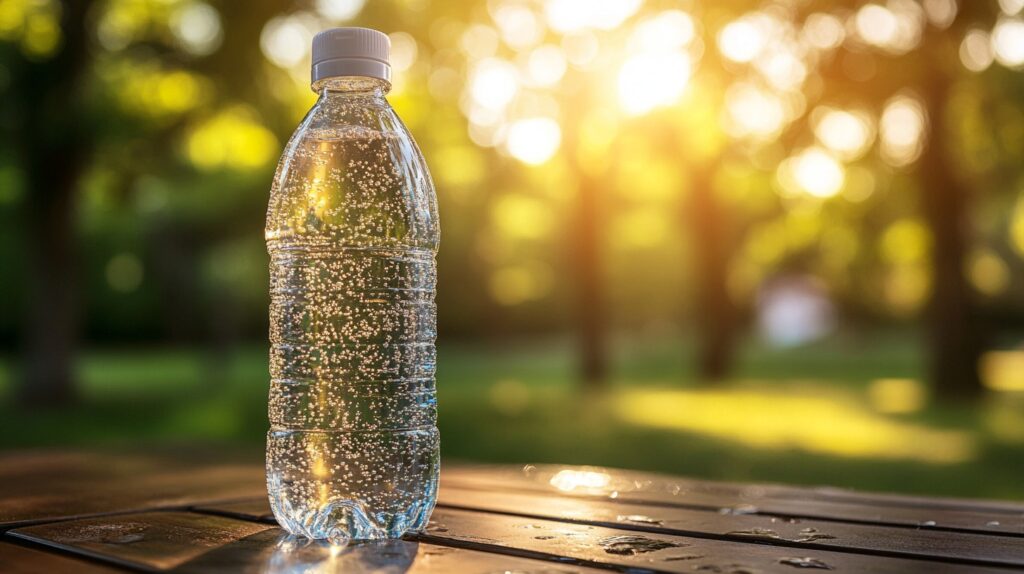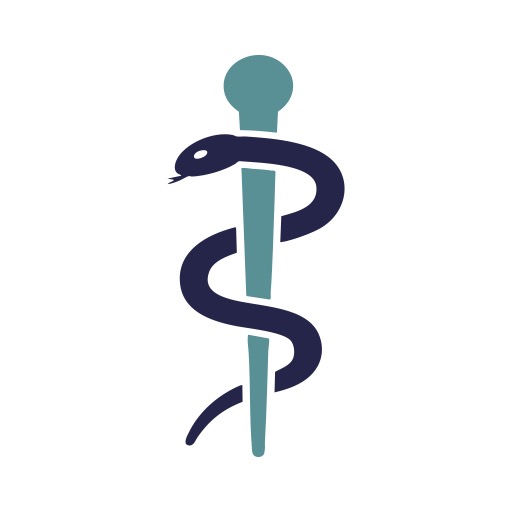🌞 Heat & Sunstroke: Understanding the Danger and How to Stay Safe
As summer temperatures rise, so does the risk of heat-related illnesses. One of the most serious is sunstroke, also known as heatstroke — a potentially life-threatening condition that requires immediate medical attention. Whether you’re working outdoors, enjoying a day at the beach, or just running errands, it’s important to understand the dangers of excessive heat and how to protect yourself and your loved ones.
🔥 What Is Sunstroke?
Sunstroke happens when your body’s core temperature rises to 104°F (40°C) or higher, usually due to prolonged exposure to high temperatures, especially combined with dehydration. Unlike heat exhaustion (a milder heat-related illness), sunstroke can cause damage to the brain, heart, kidneys, and muscles if not treated quickly.

🚨 Symptoms of Sunstroke
Look out for these warning signs:
- High body temperature (above 104°F or 40°C)
- Red, hot, and dry skin (no sweating)
- Rapid pulse and breathing
- Headache
- Dizziness or fainting
- Nausea or vomiting
- Confusion or disorientation
- Seizures or loss of consciousness
🧊 What To Do If Someone Has Sunstroke
- Call emergency services immediately — sunstroke is a medical emergency.
- Move the person to a cooler place — preferably indoors or in the shade.
- Cool them down quickly:
- Use cold water, ice packs (especially on the neck, armpits, and groin), or a cool shower.
- Use a fan or wet cloths.
- Do NOT give fluids if they are unconscious or confused — this could cause choking.
✅ How to Prevent Heatstroke
Prevention is your best defense. Here’s how to stay safe:
- Stay Hydrated
Drink water regularly, even if you don’t feel thirsty.
Avoid alcohol, caffeine, and sugary drinks that can dehydrate you. - Dress Smart
Wear lightweight, light-colored, loose-fitting clothing.
Use a wide-brimmed hat and sunglasses. - Avoid Peak Sun Hours
Stay indoors or in the shade during the hottest part of the day — usually 11 AM to 4 PM.
Schedule outdoor activities for early morning or late evening. - Use Sunscreen
Sunburn makes it harder for your body to cool itself.
Apply SPF 30+ sunscreen and reapply every 2 hours. - Know Your Risk
Children, older adults, athletes, and people with chronic illnesses are more vulnerable.
Be extra careful if you’re taking medications that affect your body’s ability to regulate heat. - Never Leave Anyone in a Parked Car
Temperatures inside a parked car can rise dangerously fast, even with windows cracked.
This can be fatal for pets, children, and vulnerable adults.
☀️ Final Thoughts
Sunstroke is serious but preventable. By staying aware, taking precautions, and recognizing early signs, you can enjoy summer safely. Share this info with friends and family — heat safety is everyone’s responsibility.
Stay cool and safe!


Leave a Reply